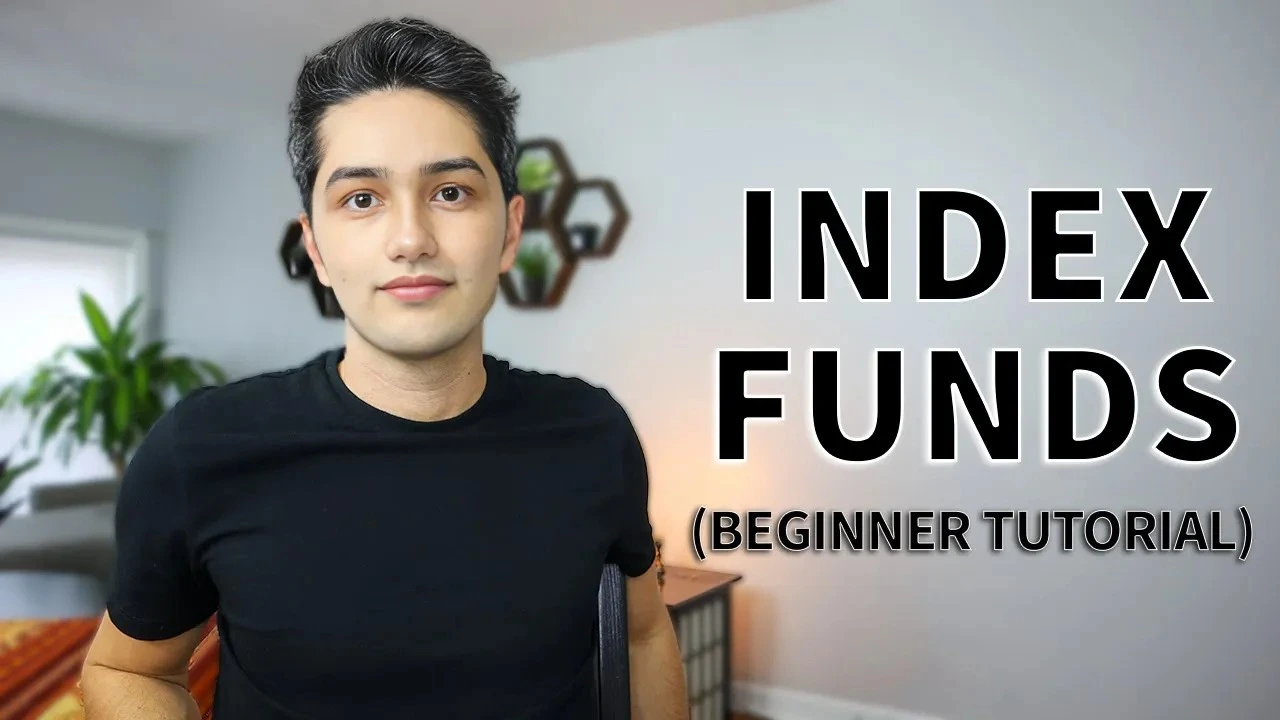Looking to grow your money in 2025? Learn how to start investing in low-cost index funds in the US. Easy, affordable, and ideal for beginners!
Table of Contents
💡 Intro – Why Index Funds?
Index funds are simple, cost-effective, and backed by decades of solid returns.
The SF Chronicle notes that even just $25–$50 in a low-cost index fund helps you get started—and you don’t need massive capital to build wealth. Meanwhile, the FT reports that over £2.4 tn in global ETFs now trade—with S&P 500 and Total-World trackers dominating thanks to ultra-low fees (0.1–0.2%).
📈 What Are Index Funds?
Index funds are passive investments that mirror an index like the S&P 500. You don’t pick stocks—it simply holds all the companies in that index.
Benefits:
- Automatic diversification
- Low fees (expense ratios ~0.03%)
- Long-term growth with minimal effort
🏆 Best Beginner Index Funds in 2025
Here are top ETF and mutual fund options:
| Fund | Ticker | Coverage | Expense Ratio |
|---|---|---|---|
| Vanguard S&P 500 ETF | VOO | Top 500 US companies | 0.03 % |
| Fidelity ZERO Total Market | FZROX | Full US stock market | 0 % |
| Schwab Total Market ETF | SCHB | Broad US coverage | 0.03 % |
| Vanguard Total World Stock ETF | VT | Global equity | 0.08 % |
| Vanguard Total Bond Market TNX | BND | US bonds | ~0.04 % |
🛠️ How to Start with Just $100
- Choose a platform: Vanguard, Fidelity, Schwab, or apps like Betterment.
- Fund your account: Use your initial $100—fractional shares are available with most brokers.
- Pick 1–2 funds: For beginners, VOO + BND splits growth and stability.
- Use Dollar-Cost Averaging: Invest regularly (e.g., monthly), no need to time the market.
- Hold long-term: Market dips are normal—hold at least 5–10 years.
💡 Avoid These Common Mistakes
- Chasing hot funds—stick to broad, proven index options
- Ignoring fees—small cost differences compound over time
- Over-diversifying—funds within the same index duplicate exposure
- Panicking during dips—consistency outperforms short-term trading
📊 How $100 Grows Over Time
Using our earlier compound example:
- $100 initial + $100 monthly at 7% yield → ~$17,200 in 10 years
That’s real wealth creation over time—not overnight, but powerful.
📚 Recommended Reading & Tools
- The Little Book of Common Sense Investing by John Bogle — the Boglehead’s bible on index fund investing
- S&P 500 ETF Comparison — Barron’s: VOO vs IVV vs SPY (expect low cost preference)
- Investing Apps for UK/Europe — Guardian reports apps like Nutmeg, Moneybox aid beginners
🤔 FAQs
Q1. Can I start with $100?
Yes—platforms allow fractional shares, and small amounts are encouraged .
Q2. Should I use a robo‑advisor?
Good for full automation and diversification, but comes at ~0.6–0.98% fees in UK examples.
Q3. When should I rebalance?
Once a year—just realign to target allocations (like 80% stocks/20% bonds).
📌 Related Posts:
- 👉 🌍 Top Remote Customer Service Jobs in the US That Pay $50K+ (2025)
- 👉 🚀 Entry-Level Tech Support Roles in Canada That Pay CA$70K+ (2025)
- 👉 Remote Data Science Jobs with – $120K+ Roles Hiring Now
- 👉 Start your tech career with earning $70K+
- 👉 Internship you can do from home?
